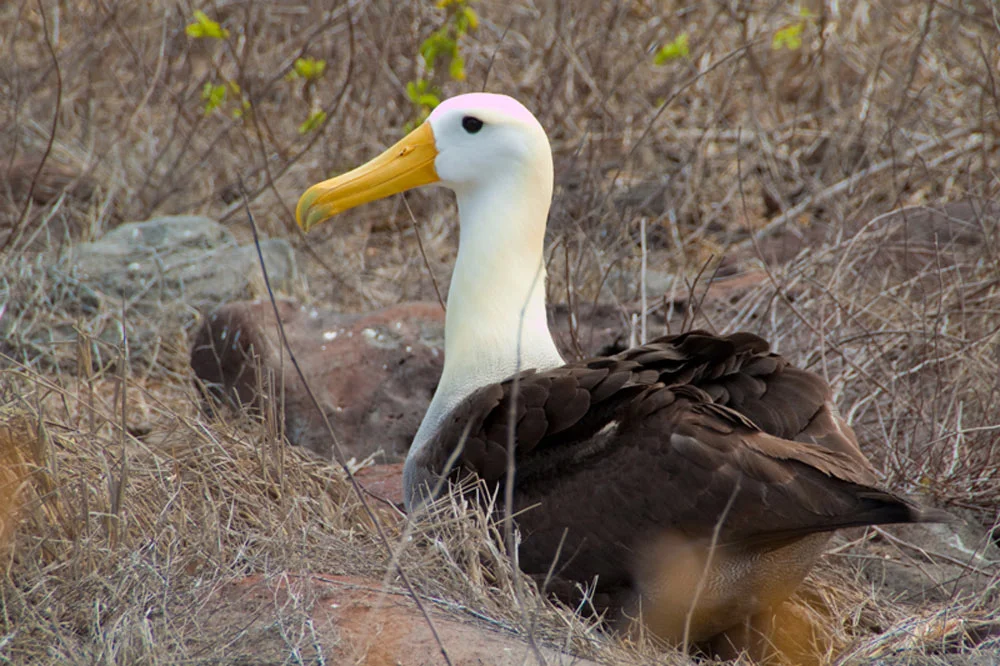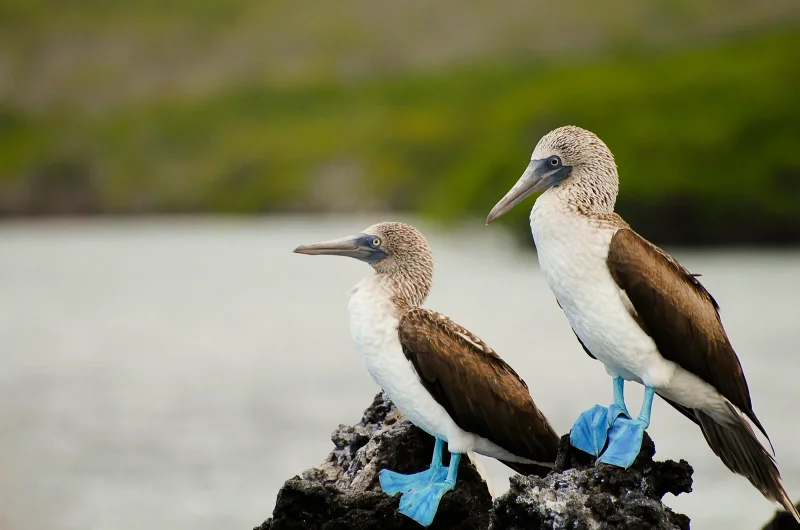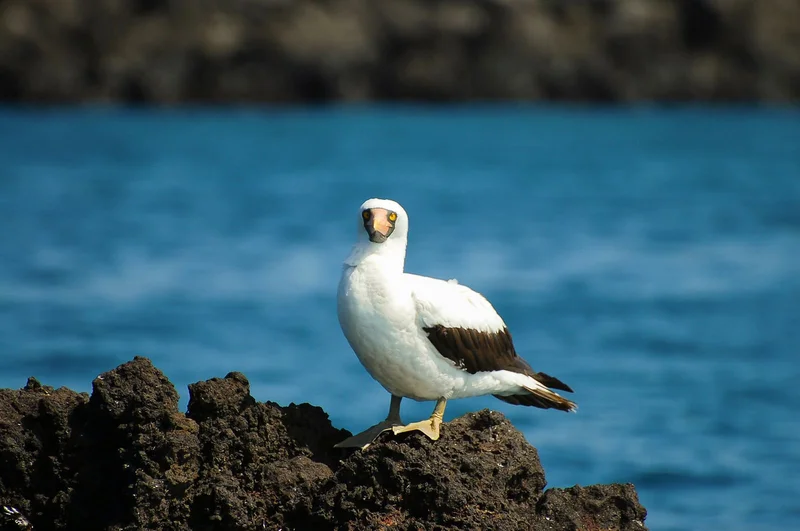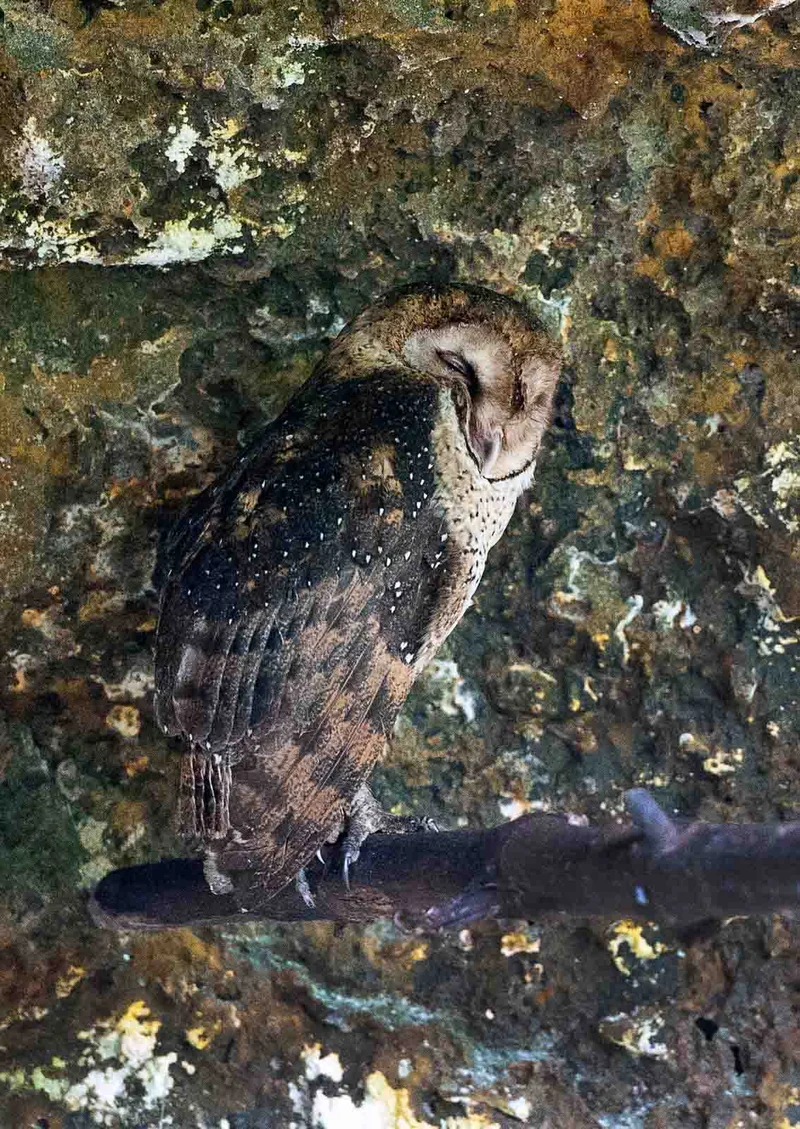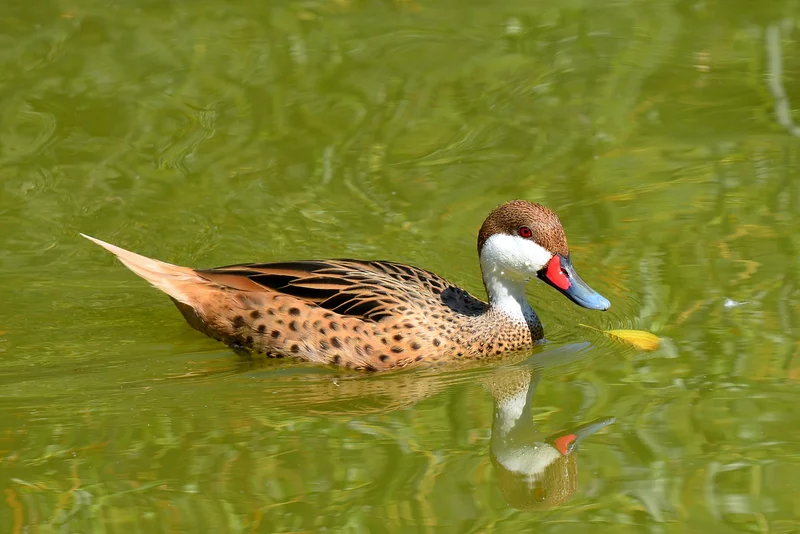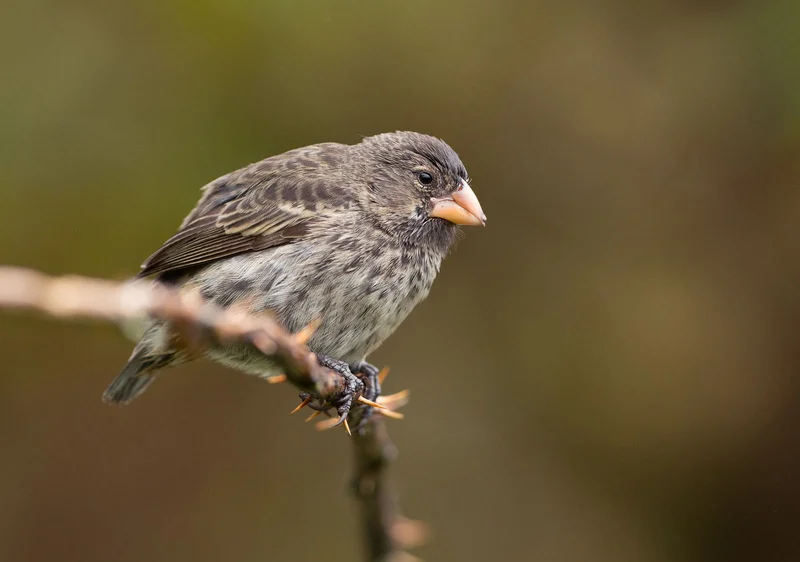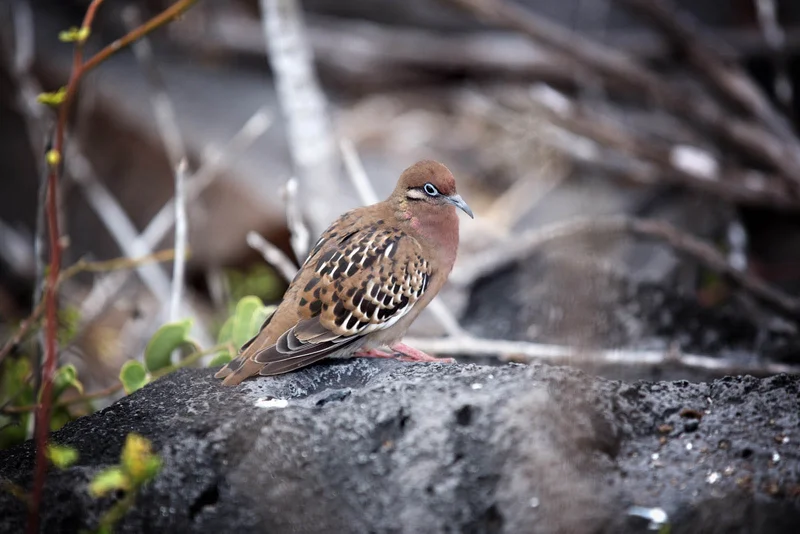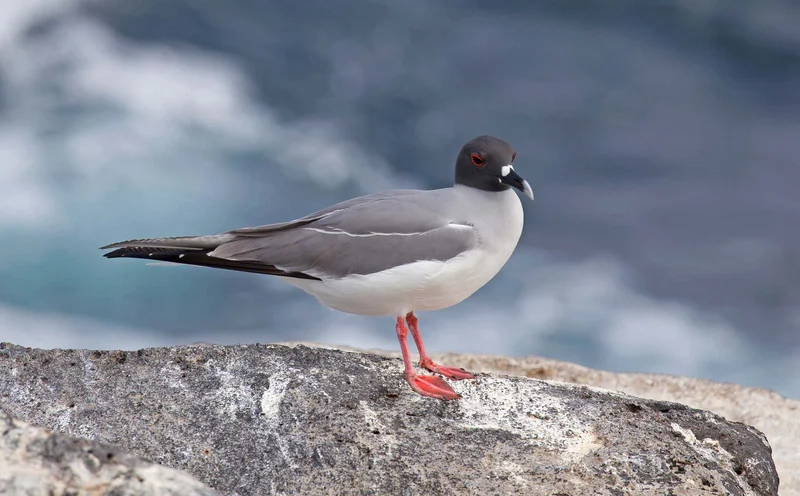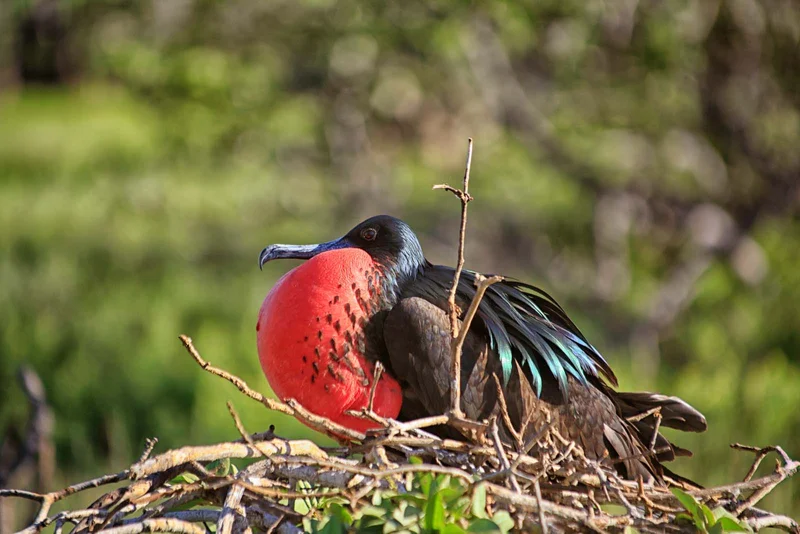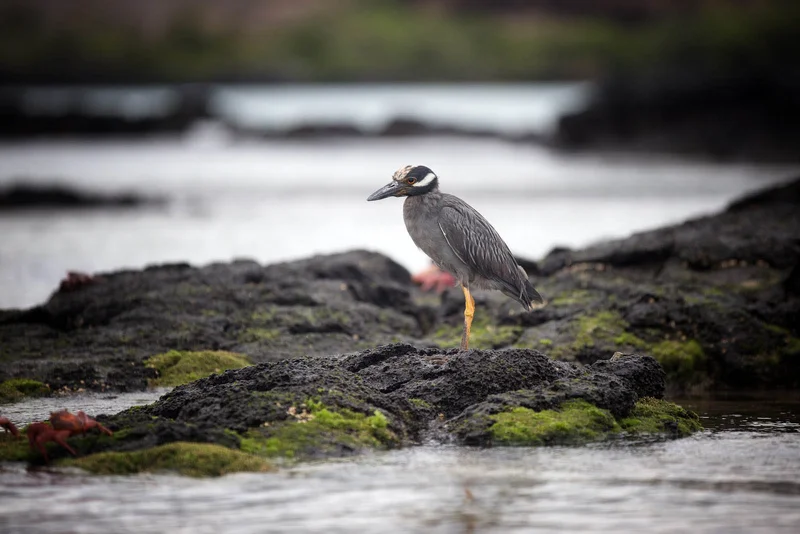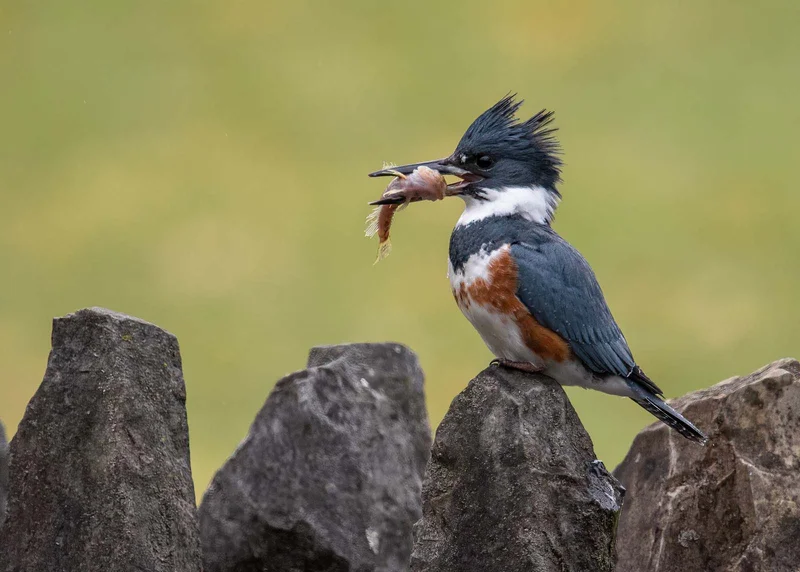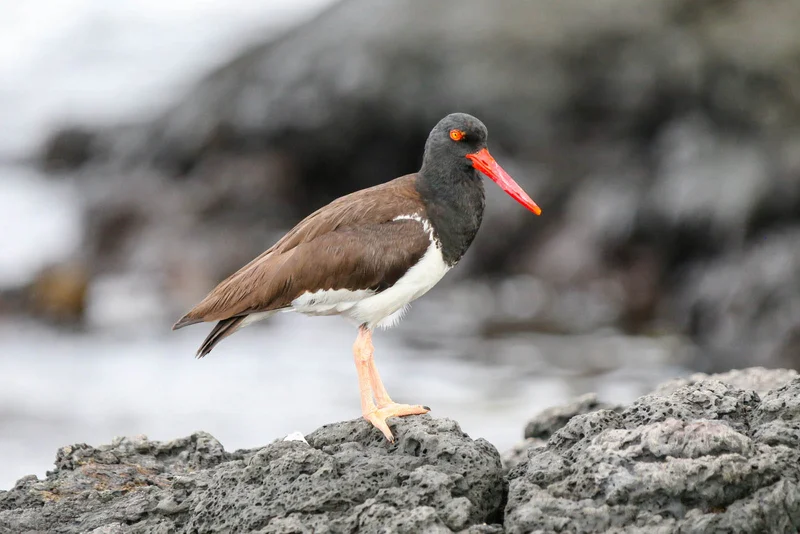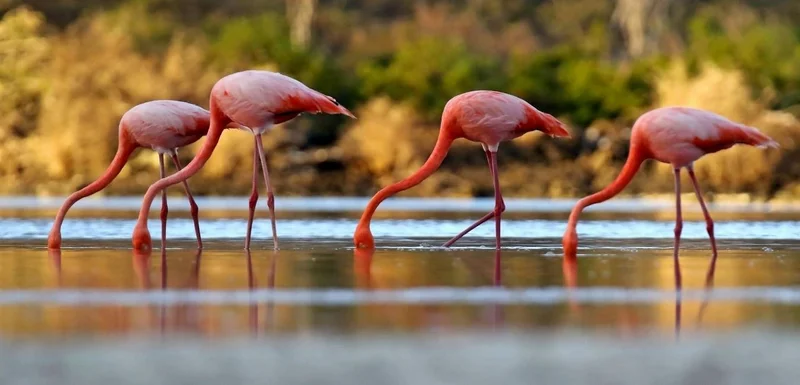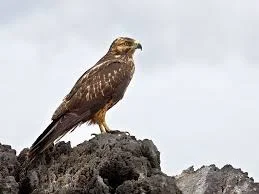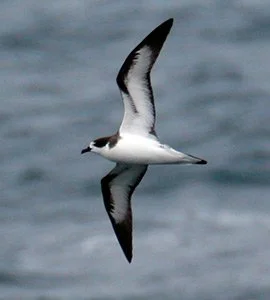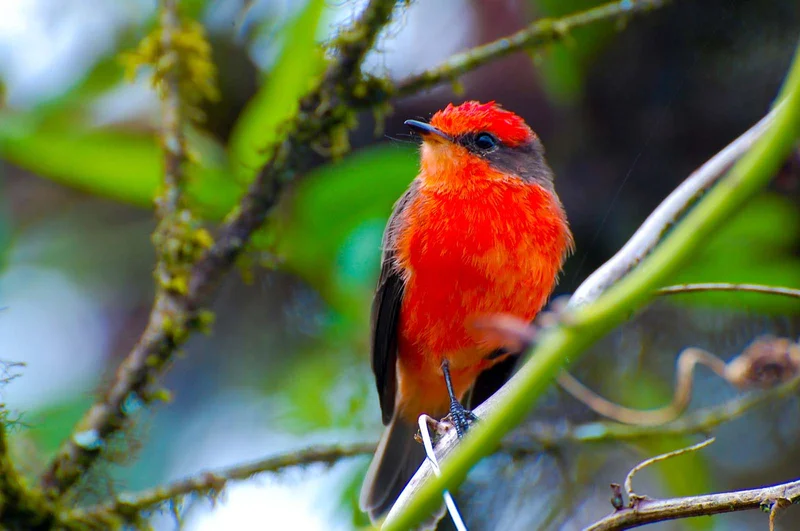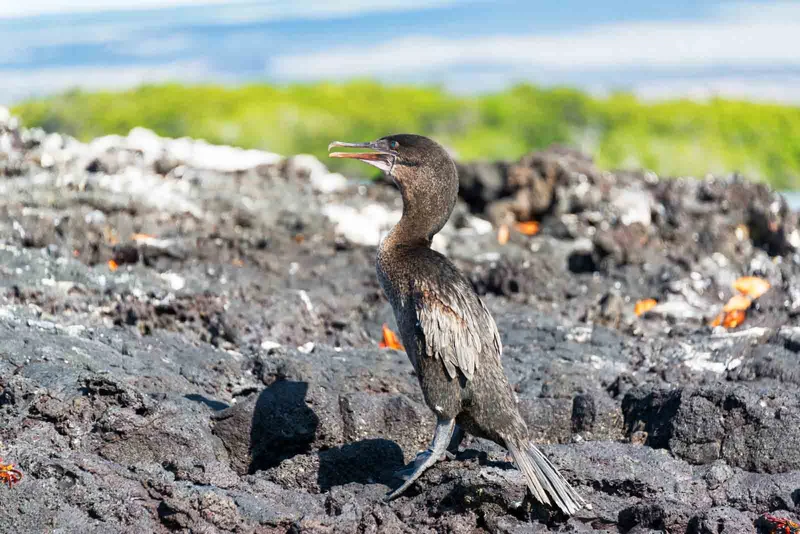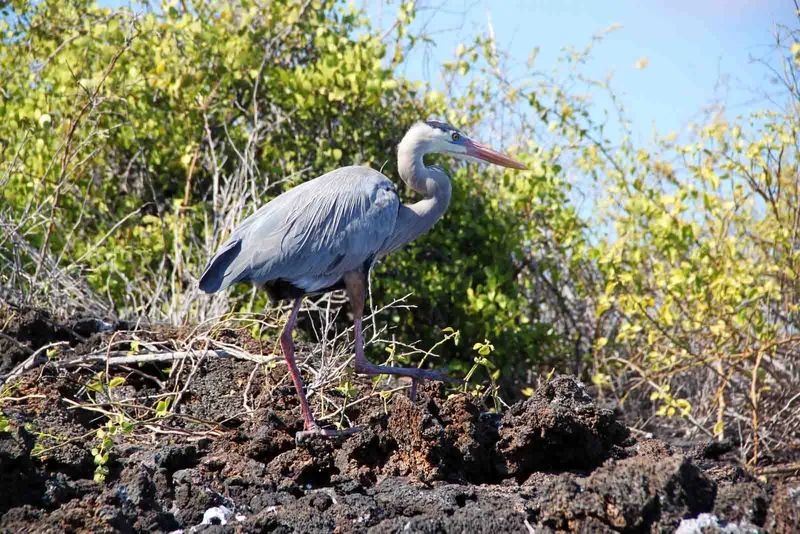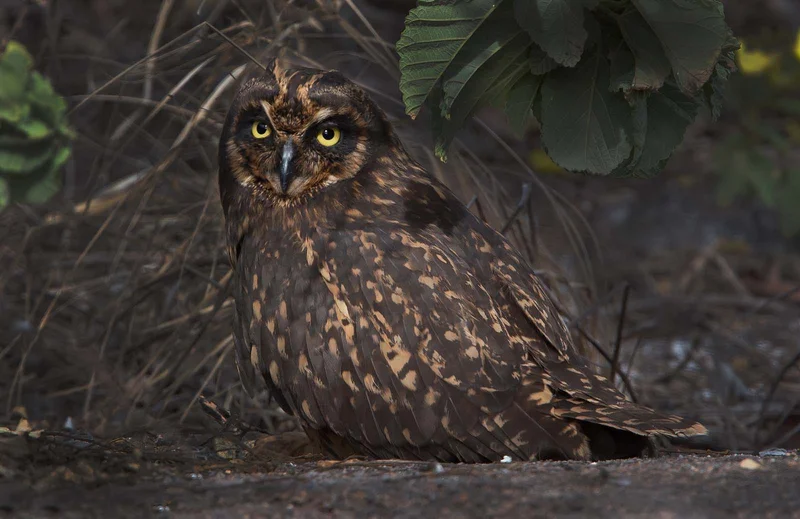Essential Information on the Galapagos Waved Albatross
The Waved Albatross has the largest wingspan of any bird in the Galápagos. Its name comes from the unique wave-like pattern on the wings of adult birds. This species is endemic to the Galápagos and breeds exclusively on Española Island. They are known for their lifelong pair bonds, and there are currently only about 12,000 breeding pairs left, making them critically endangered.
Albatrosses are famous for their exceptional gliding ability and spend most of their time at sea outside of the breeding season. During this period, they migrate across a vast range, from the eastern waters near the Galápagos to the coasts of Colombia and Peru, where they feed on fish, squid, and other small marine creatures, often scavenging near fishing boats.
Unfortunately, their interaction with humans poses the greatest threat to their survival. Long-line fishing boats in the Pacific set out miles of baited hooks that lure the albatrosses, who can get hooked and drown when they are pulled underwater. Although long-line fishing is prohibited within the Galápagos National Park, the birds lack protection once they leave the area to feed.
On Española Island, however, the albatrosses are safe and breed successfully. They lay a single egg on the bare ground each season, and both parents share the responsibility of incubating it for about two months until it hatches.
A highlight of observing these birds is their elaborate courtship dance, which reinforces their bond. This dance includes bill clacking, head circling, waddling, and head nodding, accompanied by a distinctive "moo" sound. On a Galápagos cruise, expert naturalist guides can provide excellent opportunities to witness these rare birds and create lasting memories.
